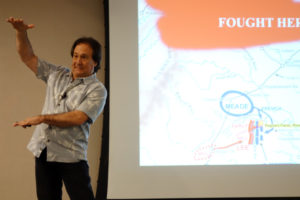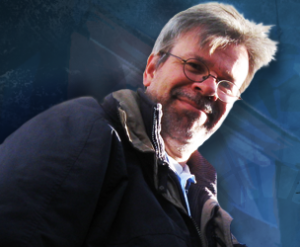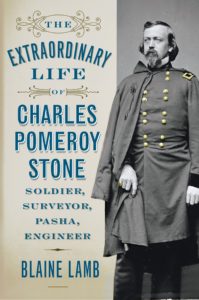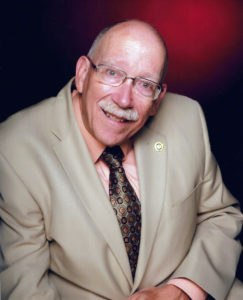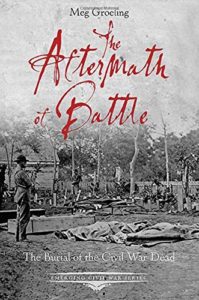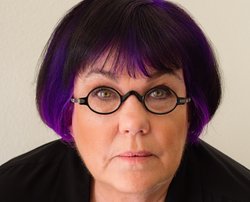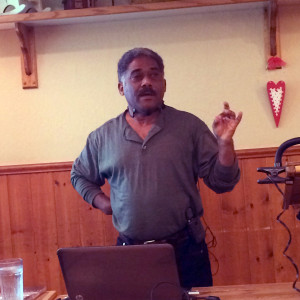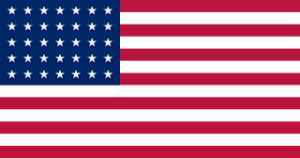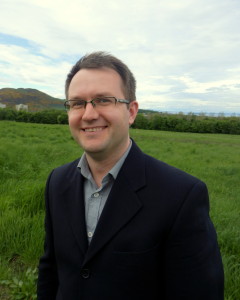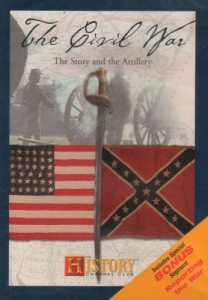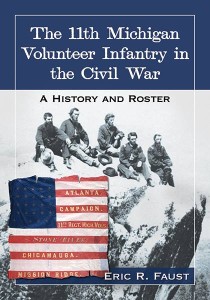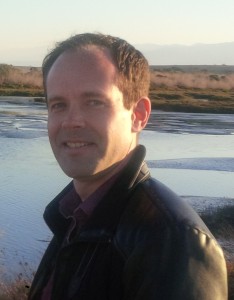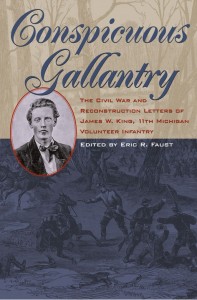Doug Rees on “The Plot to Kidnap Abe Lincoln”
History is a dialogue between the present and the past. It’s a truism. But it begs the question, “What use is the past to the present, and what use does the present make of the past?” Because if the past is to have any significance, it’s up to the present to find it, and to use it to cast light on the present. Conventional histories are written to establish that connection. Without it, they are either adventure tales or antiquarianism. In the case before you tonight, an obscure “almost”—the attempted, and nearly successful kidnapping of Abraham Lincoln by John Wilkes Booth and his gang, led to the creation of a play based on the almost-event. When the medium changes from the printed book to the stage, the mode of transmission is also changes. How is making this use of the past similar to, and different from, a work of history?
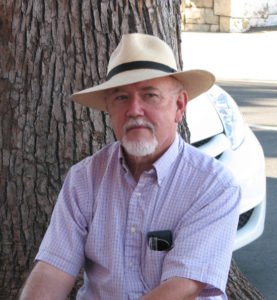 Douglas Rees holds a master’s degree in history from UC Riverside, where he studied the Civil War under Hal Bridges. He is the author of a number of books for young people, including Lightning Time, a novel about the Harper’s Ferry raid, and a number of plays which have been produced locally, and in venues from Los Angeles to Panama, including Kidnap!; Or, The Abduction of Abraham Lincoln by John Wilkes Booth and Company.
Douglas Rees holds a master’s degree in history from UC Riverside, where he studied the Civil War under Hal Bridges. He is the author of a number of books for young people, including Lightning Time, a novel about the Harper’s Ferry raid, and a number of plays which have been produced locally, and in venues from Los Angeles to Panama, including Kidnap!; Or, The Abduction of Abraham Lincoln by John Wilkes Booth and Company.
Doug’s website is douglasrees.com.

